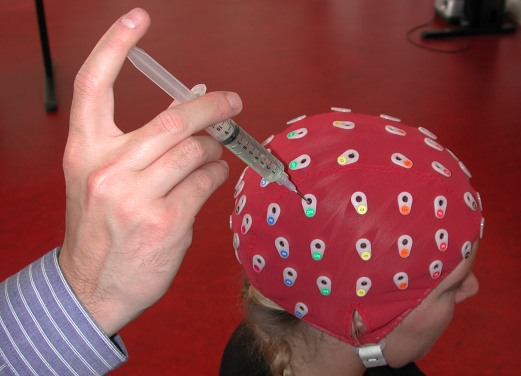The enrolment process for Aadhaar in Odisha is dogged by massive rejection of data due to errors. According to the directorate of census operations here, enrolled biometric data of 40 lakh people stand rejected by the Unique Identification Authority of India (UIDAI), the Aadhaar body, as on June 15.Some facts:
Odisha is a state in eastern India. The wiki has its population at 43.73 million as of 2014.
1 lakh = 100,000
1 crore = 10,000,000
All numbers not quoted from the article are in more familiar units.
The article goes on to say a lot about the numbers. 31,700,000 out of 38,400,000 people (82%) of the eligible population have been registered successfully.
The 4 million rejected applications are divided as follows.
2 million were rejected because they were submitted by operators who have been barred from submitting applications. UID works by outsourcing enrollment to private operators who are then paid by the government for accepted applications. Operators who have submitted too many error-riddled or fraudulent applications have been banned from the market.
1 million have been rejected for being duplicate applications, as is proper.
That leaves 1 million true "errors," or failed enrollments that are potentially valid and are described as those submitted on behalf of "very old people and children (between five to 10 years), whose finger prints and iris scans were not registered properly." Now, it may turn out that some of these failed enrollments are duplicate applications as well and it will probably turn out that many (if not most) of these people can be enrolled on a second pass where extra care is taken during the enrollment process. Nevertheless describing 1 million failed enrollments out of 32.7 million presumably legitimate applications as "massive errors" seems uncharitable.
Also, UID contains a "Biometric Exception Clause" which allows for creating UID numbers for people whose biometrics cannot be enrolled. As of May 2015, across India, around 618,000 (0.07%) of UID numbers have been issued with biometric exceptions.



